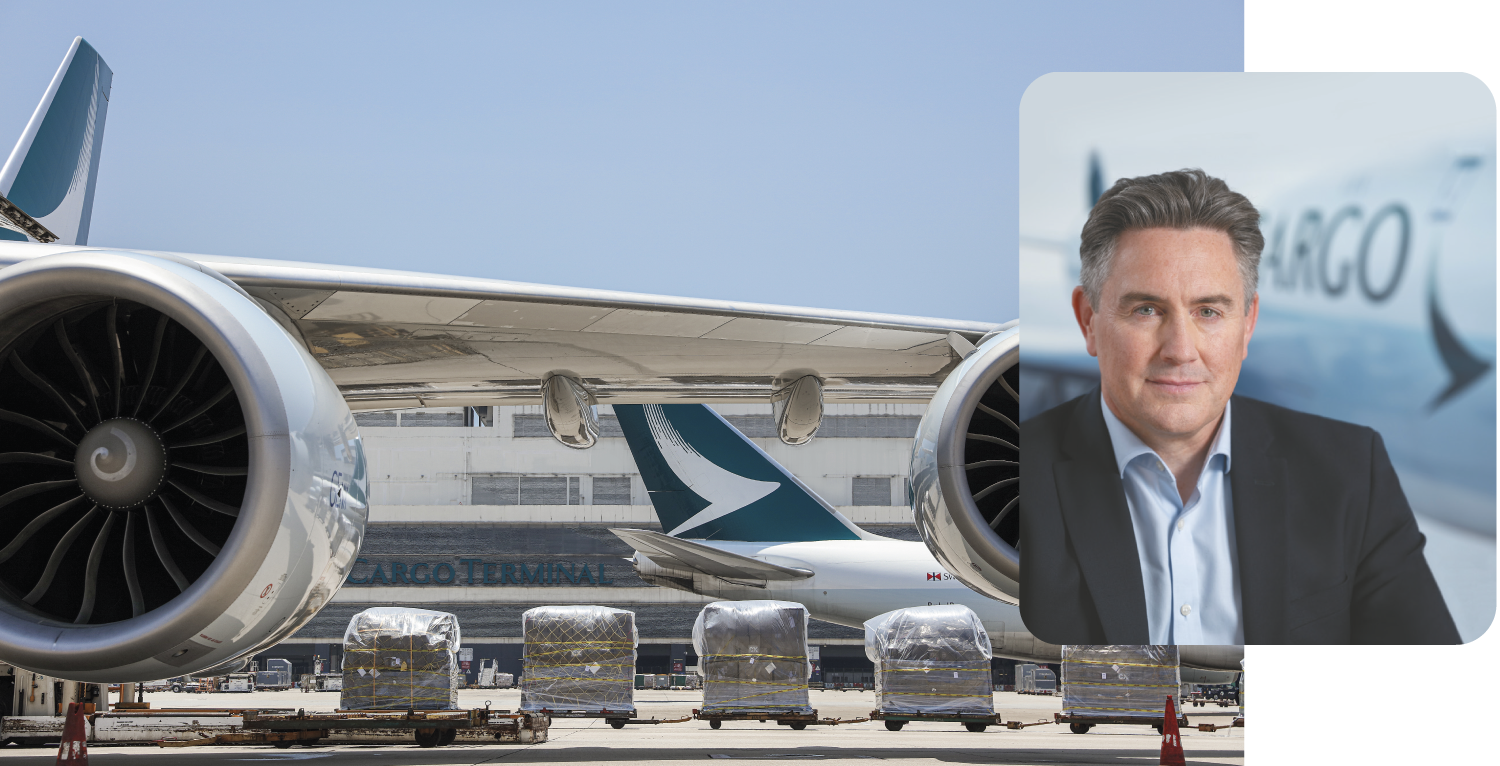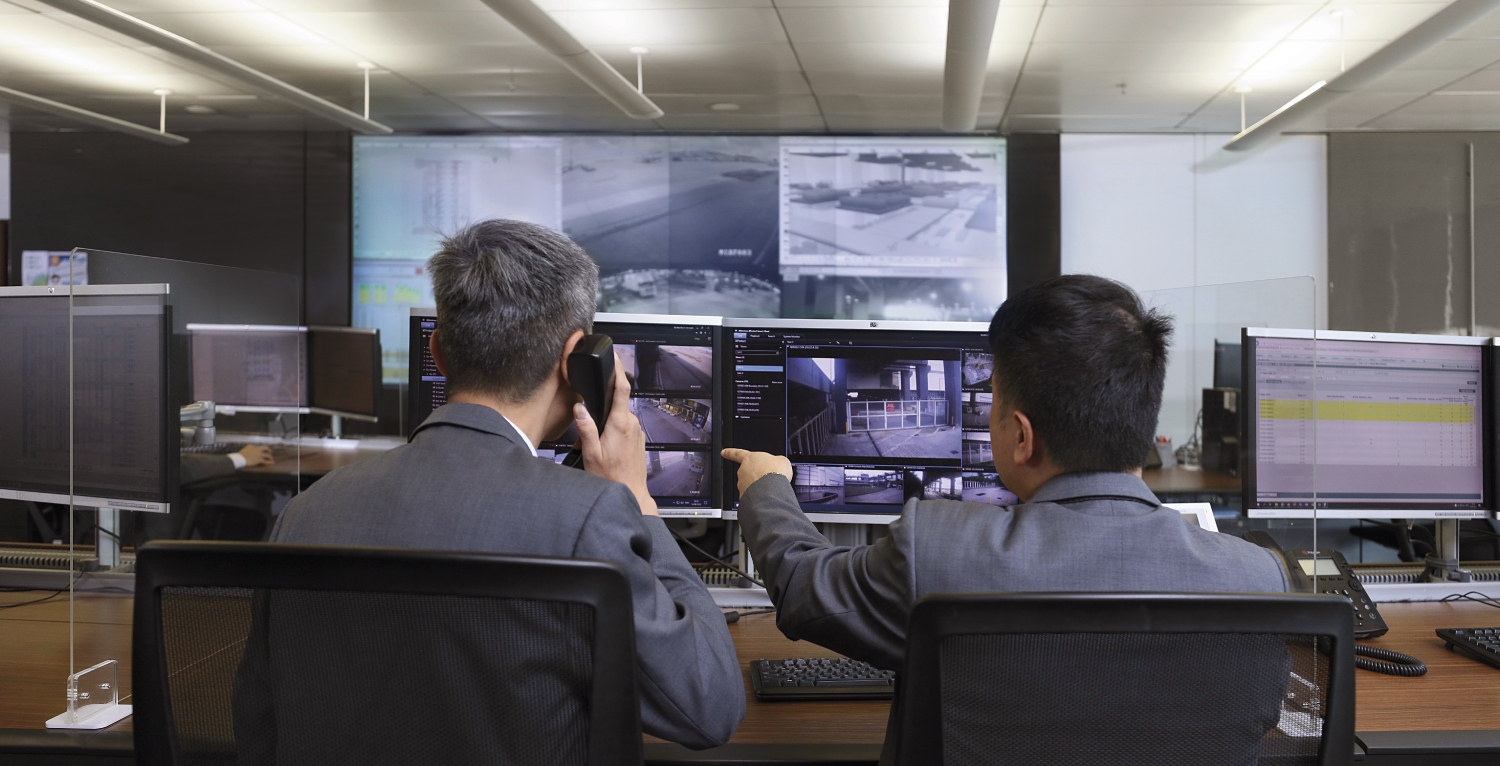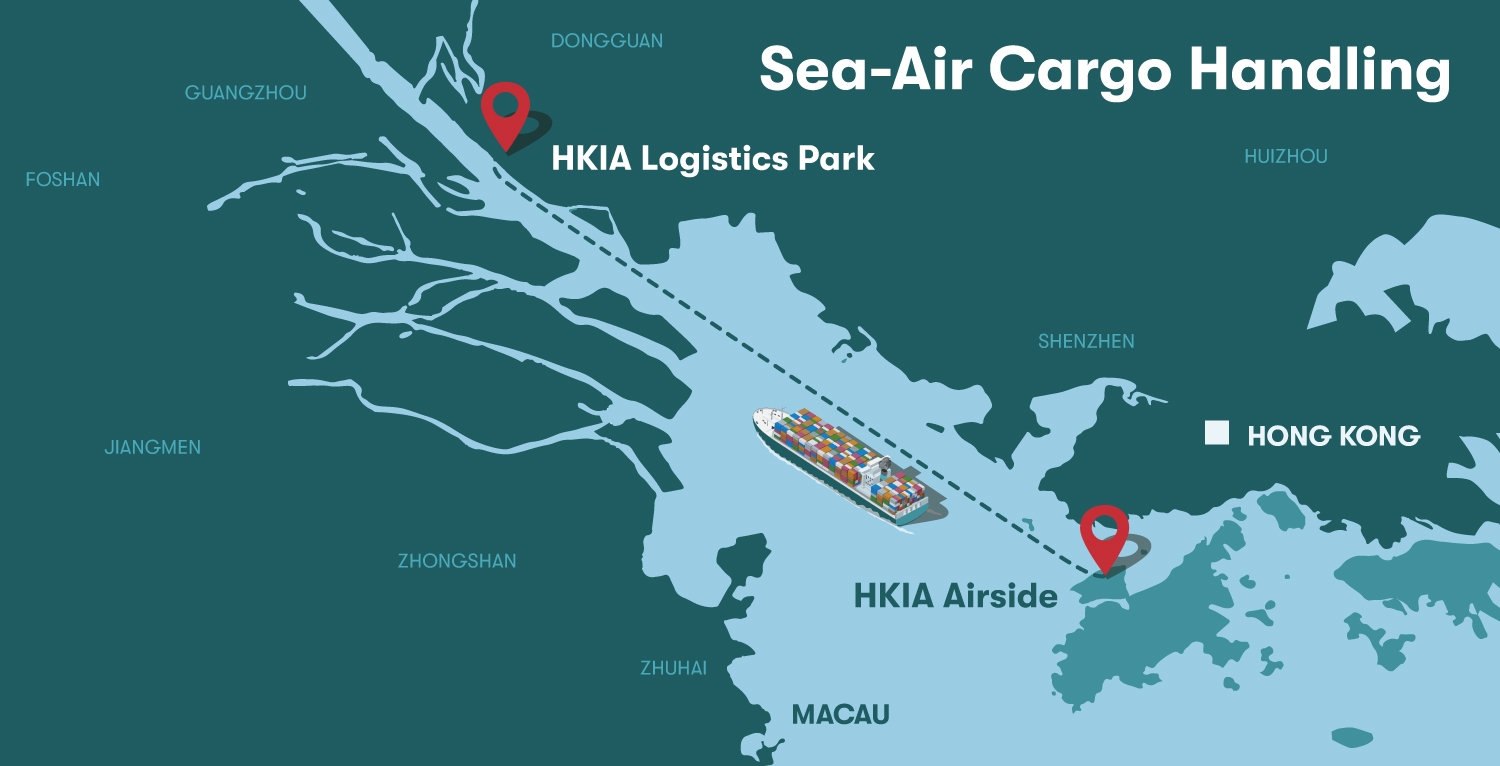Cleared for Take-Off: Positive Outlook for Air Cargo
Air cargo provided a lifeline for aviation during the pandemic. Accounting for less than a quarter of the industry’s total revenue before 2020, air cargo's value tripled during Covid-19[1] – fueled by a global surge in ecommerce as people went online to shop.
Cargo carriers had to adapt quickly to meet the demand, refocusing and calibrating their businesses, integrating new technologies, and investing in innovation.
A more resilient air cargo sector emerged as a result.
“The pandemic saw more goods take to the skies that had previously gone by sea,” said Tom Owen, Director Cargo at Cathay Cargo. “The growth of ecommerce has been a big part of this. It forced the air cargo sector to get really efficient. Speed of delivery, together with information about where that cargo is and the condition it is in, is now essential.”

Hong Kong-based Cathay Cargo accelerated several innovative digitalization projects that had been in the works. These include a 24/7 digital bookings system that enables customers to schedule cargo shipments as seamlessly as passengers book plane seats, a Bluetooth tracking system – known as Ultra Track[2] – that monitors a shipment’s location and condition in near real time, and artificial intelligence-based tools to optimize the cargo space on aircraft.
“Ultra Track proved critical during Covid, when we carried a lot of vaccines that required careful handling,” said Owen. “Technology like this enables us to intervene quickly if problems arise.”

While goods get to their destination quicker by air, this also means they spend less time in storage. This results in cost savings from lower insurance premiums, the need for less heavy packaging, and the reduced risk of damage – especially to perishable goods.

Another major factor is security. Air cargo is almost impossible to tamper with in the air, while strict airport controls minimize cargo theft and loss on the ground. Those controls include the integration of new technology to enhance screening. For instance, AI is being used to analyze the size and density of cargo passing through X-ray machines. It can identify patterns and anomalies that might go unnoticed by humans. Potential security breaches or risks can then be flagged to security teams.

“The concept is actually fairly simple,” said Cathay Cargo’s Owen. “We look at the size and weight of the cargo, the aircraft type, the distance to be flown, and the likely weather conditions along the route. We then calculate an estimated carbon cost using International Air Transportation Association (IATA) guidelines [4] to keep it standardized.”

Another option is sustainable aviation fuel (SAF), which IATA believes is the most viable option for reducing the sector’s carbon emissions[5] – especially on long-haul routes. SAF is an alternative to fossil-based jet fuel and is made from renewable and waste-based sources such as used cooking oil, and municipal and agricultural waste.
It can also be combined with regular jet fuel at a ratio of up to 50%.[6]However, it’s costly, and currently accounts for just 0.1% of jet fuel used.[7]“At Cathay Cargo, we’re building a program with willing freight forwarders to share the cost of purchasing sustainable aviation fuel for operating some of our freighters,” said Owen.“It's a blended approach, which means we mix it with conventional fuels. We've also invested in a biofuel company called Fulcrum BioEnergy,[8] where we have an offset agreement to purchase a certain amount of SAF once they start producing that at scale.“However, we need more support from industry, from government and from other producers to incentivize the production of SAF, because once that starts to happen the costs will drop, making it a more useful long-term solution.”
For instance, Cathay Cargo is well positioned to connect China’s Guangdong–Hong Kong–Macao Greater Bay Area (GBA) – with its combined GDP of $1.6 trillion[9] – and the rest of the world.
It has invested in a project in Dongguan, an industrial city on the Pearl River Delta in southern China, that will facilitate full upstream sea-air intermodal export cargo handling between the GBA and Hong Kong.

The HKIA Logistics Park in Dongguan, which was developed by Airport Authority Hong Kong (AAHK), enables freight to be screened, built up into pallets and accepted for flights before being sent by ship directly to waiting aircraft at Hong Kong International Airport. And Cathay Cargo and Cathay Cargo Terminal are the first carrier and cargo terminal operator to take advantage of this opportunity.
“One of our prime strategic priorities over the next 5-10 years is to make sure the logistics integration between Hong Kong and the rest of the Greater Bay Area continue to deepen,” said Owen.
“But what had been missing before was using the Pearl River Delta – a trade route to Hong Kong that goes back 150 years. So, we partnered with Airport Authority Hong Kong as their lead air cargo carrier and terminal to build this facility. We want to move millions of tons of cargo from the Greater Bay Area through Hong Kong.”
Another advantage is security because the cargo is essentially on a barge monitored by CCTV. Therefore, it is controlled all the way to the airport.
These include cost. “Accepting cargo in Dongguan is cheaper than accepting it in Hong Kong for certain types of cargo,” said Owen.
And finally, moving cargo this way is fast. The barges go straight to the airport, where they are unloaded and moved directly on to aircraft when there's a short connection time.
There’s little doubt that air cargo will play an increasingly important role in our global supply chains in future – the continued growth of ecommerce will see to that. But to maintain the momentum, the industry needs to keep the throttle forward with investment in innovation and technologies that improve the customer experience and make the sector more sustainable.
